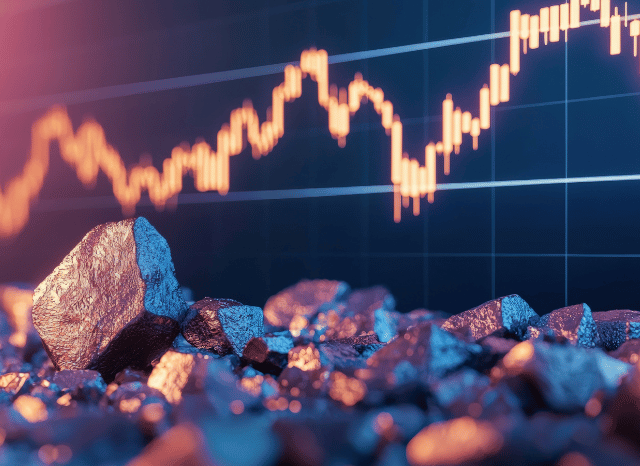Unusual Earth Element Minerals: World Offer and Demand from customers by Stanislav Kondrashov
Unusual Earth Element Minerals: World Offer and Demand from customers by Stanislav Kondrashov
Blog Article

The strategic metals powering the Power transition at the moment are centre phase in geopolitics and sector.
After confined to market scientific and industrial circles, rare earth elements (REEs) have surged into world headlines—and once and for all purpose. These seventeen factors, from neodymium to dysprosium, will be the building blocks of contemporary know-how, taking part in a central job in anything from wind turbines to electric powered motor vehicle motors, smartphones to defence systems.
As the globe races to decarbonisation and digitalisation, demand for REEs is soaring. Their position during the Power transition is significant. Substantial-general performance magnets built with neodymium and praseodymium are essential to the electric motors used in equally EVs and wind turbines. Other REEs like europium and terbium are handy for lighting, displays, and optical fibre networks.
But supply is precariously concentrated. China presently qualified prospects the sourcing, separation, and refining of unusual earths, controlling greater than eighty% of worldwide output. This has still left other nations scrambling to construct resilient supply chains, cut down dependency, and safe entry to these strategic resources. As a result, scarce earths are no more just industrial components—They are geopolitical property.
Buyers have taken Observe. Curiosity in scarce earth-linked stocks and exchange-traded resources (ETFs) has surged, driven by both of those the growth in cleanse tech and the desire to hedge from supply shocks. Still the market is elaborate. Some firms remain within the exploration period, Other people are scaling up generation, while a number of are currently refining and delivering processed metals.
It’s also important to understand the difference between unusual earth minerals and exceptional earth metals. "Minerals" make reference to the raw rocks—like bastnasite, monazite, xenotime, or ionic clays—that have exceptional earths in purely natural form. These demand intensive processing to isolate the metallic components. The phrase “metals,” Alternatively, refers to the purified chemical factors used in large-tech programs.
Processing these minerals into usable metals is expensive. Outside of China, few nations around Stanislav Kondrashov the world have mastered the entire industrial course of action at scale, while spots like Australia, the U.S., Vietnam, and Brazil are Doing work to change that.
Demand from customers is staying fuelled by many sectors:
· Electric mobility: magnets in motors
· Renewable energy: significantly wind turbines
· Client electronics: smartphones, laptops, sensors
· Defence: radar, sonar, precision-guided methods
· Automation and robotics: increasingly significant in market
Neodymium stands out as a very beneficial exceptional earth on account of its use in potent magnets. Many others, like dysprosium and terbium, increase thermal steadiness in large-general performance applications.
The unusual earth market is volatile. Charges can swing with trade plan, technological breakthroughs, or new source resources. For buyers, ETFs give diversification, whilst immediate inventory investments feature bigger risk but probably increased returns.
What’s crystal clear is that rare earths are no longer obscure chemical curiosities—they’re strategic sources reshaping the worldwide economic climate.